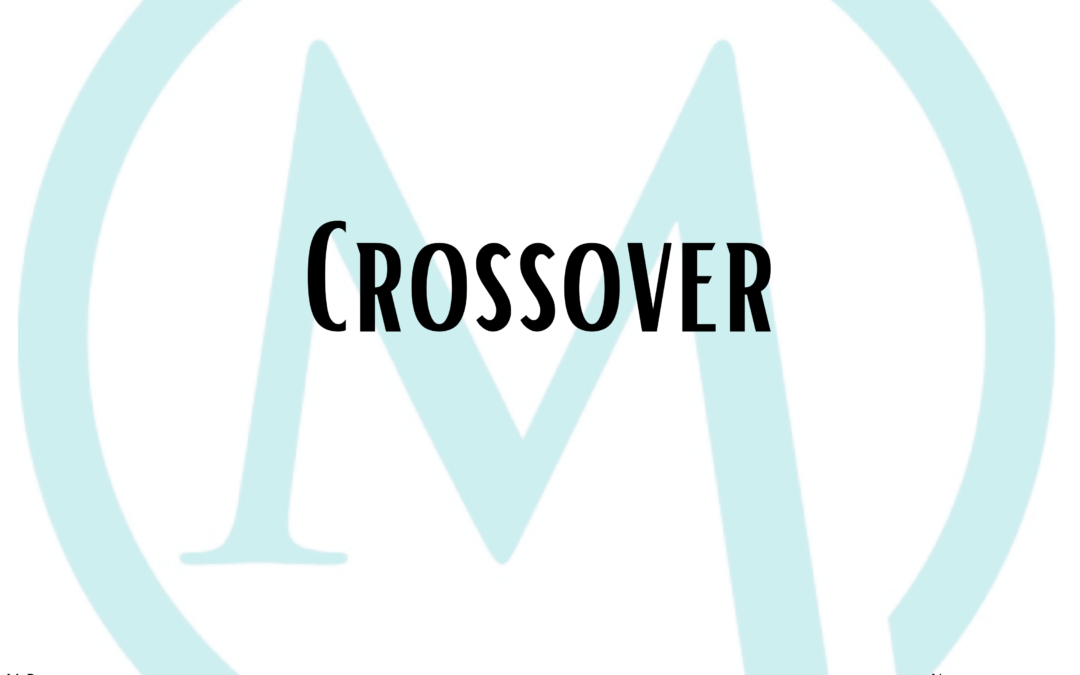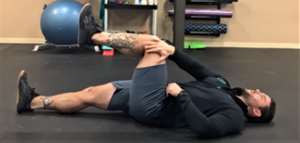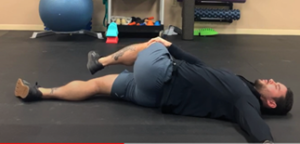Playing sports and staying active is a great way to get the body moving and to stay in shape. But all things do come with risks. If our body is not primed for exercises or activities we are increasing our chances to break, strain, sprain or tear something on us. Performing mobility exercises and stretches before and after physical activities can assist in preventing future damage.
If your soft tissues become too tight and lack elasticity, you begin to lose range of motion. Soft tissues can consist of nerves, tendons, ligaments, muscles and fat that surround the bones. An optimal range of motion allows our extremities to move in proper directional changes without compromising the structure and the surrounding soft tissues. Soft tissues that are doing more work than what they are required to do will get irritated and flare up, making them more susceptible to injury.
Over time without proper stretching and mobility, our soft tissues can also become shortened. Sprinters rely on full flexion and extension of the hip and proper knee mechanics. Tennis players need full motion of the shoulder to swing a racket and of the hips to do quick directional changes to get the ball. Swimmers need a full body range of motion to create speed and power in the water. Stretching lengthens muscles that have become too short, giving more flexibility and elasticity to the soft tissues. For these athletes, this is essential to perform their athletic skill to its fullest.
Hip mobility is one of the most common limitations for active individuals because when the hips are not functioning properly, the lower extremities and back will be recruited to make up for the lack of motion. This is commonly seen in most runners, soccer players and lacrosse players who are dominant in lower body movement mechanics. Our glutes play a major role in stabilizing the hips and performing range of motion of the femur. Stretching the glutes out allows for more flexibility to succeed in these sports while reducing the risk of injury.
One of the most effective stretches for the glutes and hips is the crossover stretch. This is an easy stretch that can be performed before or after any activity. The Crossover Stretch focuses on stretching the muscles in the hip as well as muscles in the low back and torso on the same side.
As you perform the stretch, you will want to keep your back flat on the ground with your arm extended out on the floor with your palm up.
As you pull your knee across your body, you will feel tightness in the hip as well as the torso. When you get to a point where the stretch becomes difficult, take a deep breath. As you exhale, allow your knee to go further towards the floor while keeping the opposite arm and shoulder flat on the floor.
It is very common that you will experience tightness and/or pain while you are performing these stretches so use caution. It is recommended that you do these stretches daily to reduce tightness and pain as well as reduce the risk of injury in this area. Hold a stretch on each side for 30-60 seconds, and then complete the stretch on the opposite side. When performing lower body stretches before an activity, try to include movement before or after the stretch such as walking or short sprints to get blood flowing into the newly stretched area to help nourish and lubricate the soft tissue to help prime it for movement.



